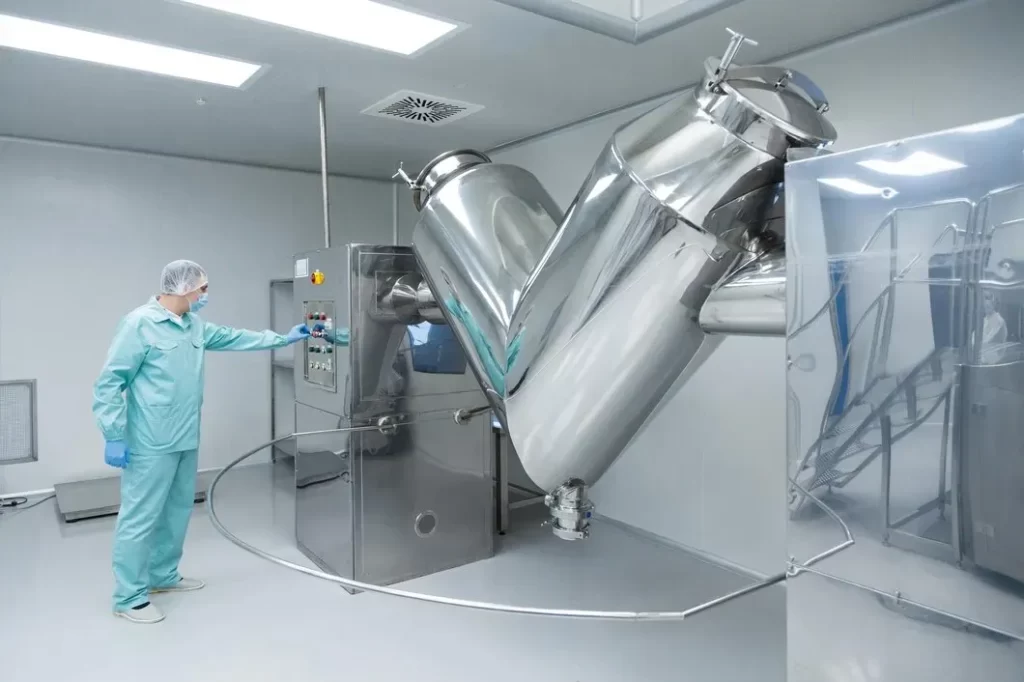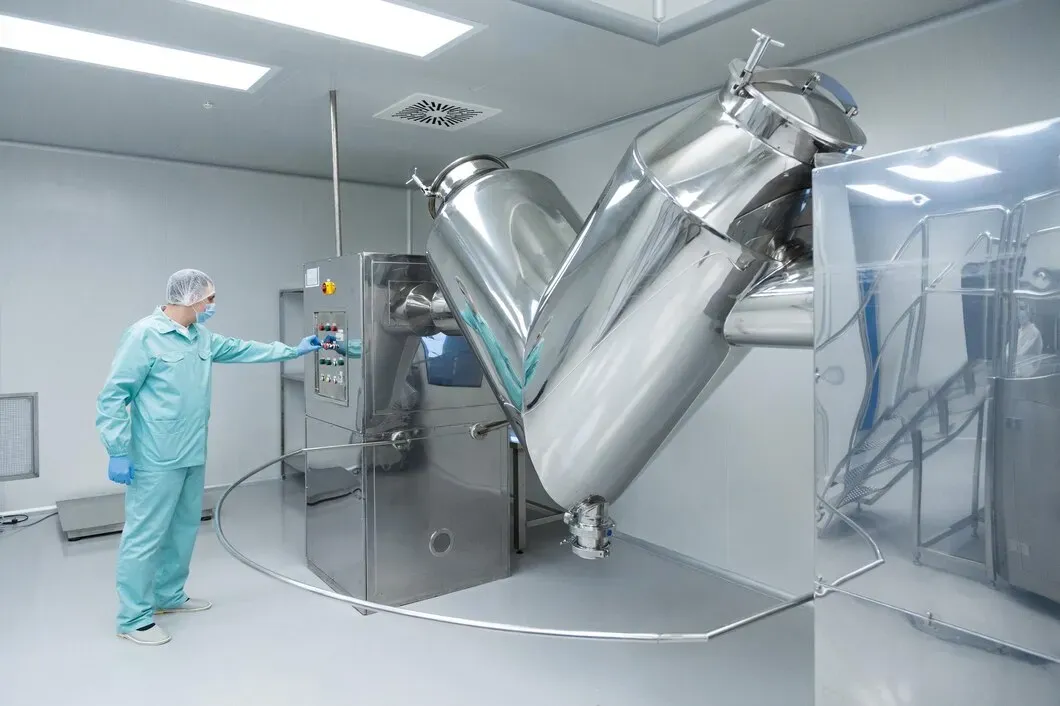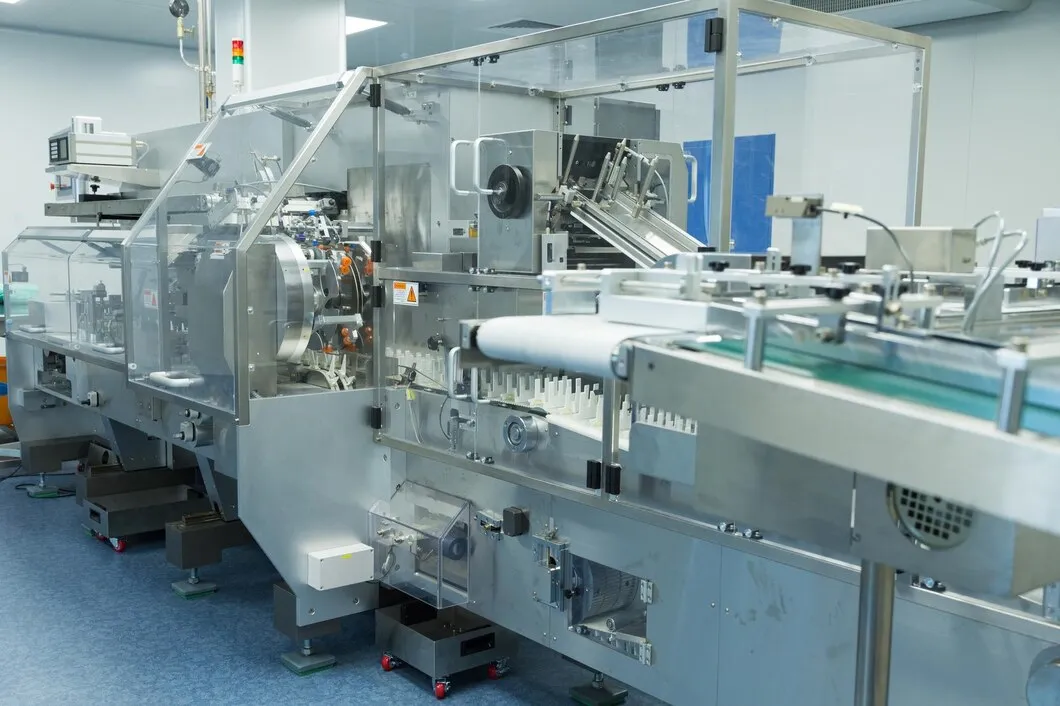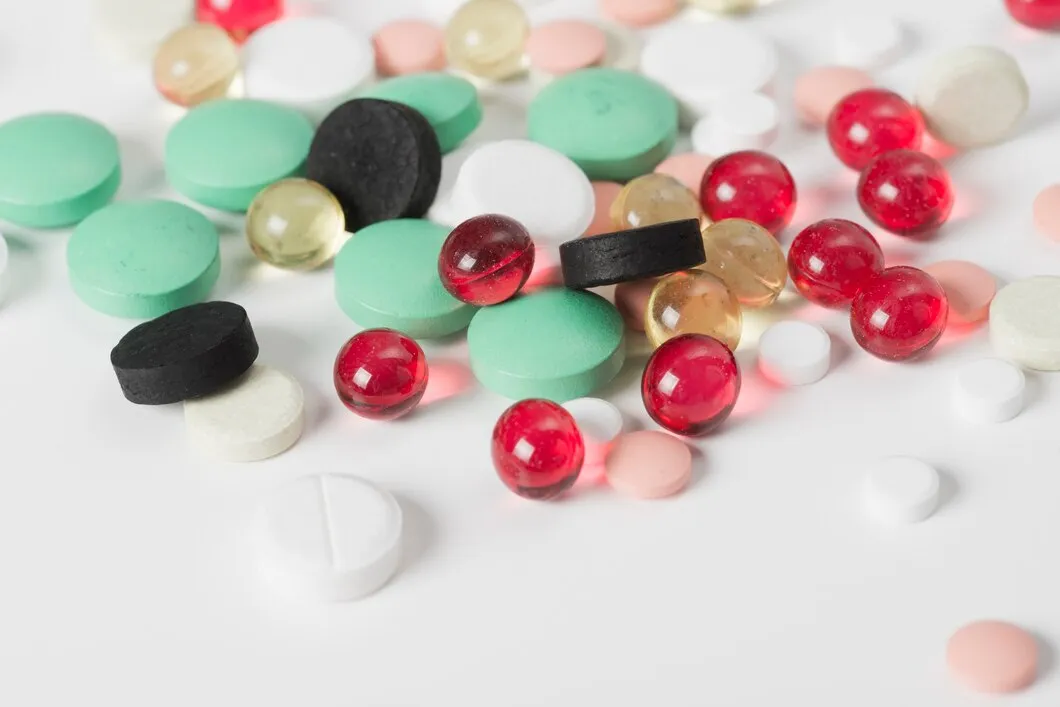薬が患者に届く前に、研究室で開発が始まります。そこでは処方がテストされ、バッチが検査され、品質が確認または疑問視されます。この作業を適切に行うには、研究室は適切な機器、つまり単に仕事をこなすだけでなく、それを正確に行うツールを必要とします。
製薬研究室の運営または設置の責任者である場合、実際に必要な機器とその重要性について説明します。

製薬研究室では、それぞれ特定の目的を果たす多様な機器が使用されています。
主な製薬研究室機器には以下のものがあります:
製薬ラボでは、使用する機器が作業品質に直接影響を及ぼします。信頼性の高い機器は、バッチ間の一貫性を維持し、欠陥や規格外の結果の発生リスクを低減します。機器が高精度で、定期的に校正され、適切にメンテナンスされていれば、規制当局が定める厳しい基準を満たすことがはるかに容易になります。
安全性も同様に重要です。研究室では繊細な物質、時には危険な物質を扱うため、適切な封じ込めシステム、換気システム、そして保護具の備えは必須です。誰もがリスクを負うことなく、チームが安心して作業を進めるためには、安全性が不可欠です。
規制遵守はこれらすべてを結びつけるものです。FDAなどの機関は、検査機関に対し、検証済みの機器を使用し、文書化された手順に従い、正確な記録を保持することを求めています。適切なツールがなければ、規制遵守は単なる推測の域を出ず、メーカーにとってリスクを負うことはできません。
すべての実験装置があらゆる環境に適合するわけではありません。何を作るのか、どのように作るのか、そしてどのような基準を満たす必要があるのかによって、最適なものを選ぶ必要があります。
適切な医薬品研究室機器への投資は、医薬品研究と製造の成功に不可欠です。製品の品質を確保し、安全性を高め、厳格な規制基準への準拠を促進します。最適なラボパフォーマンスを実現するには、機器の慎重な選定、定期的なメンテナンス、そしてGMPガイドラインの遵守が不可欠です。
製薬研究室に信頼性が高く、規制に準拠した機器を装備したいとお考えですか? お問い合わせ 運用ニーズを満たすカスタマイズされたソリューションを検討します。

薬が患者に届く前に、研究室で製造が始まります。そこでは、処方がテストされ、バッチがチェックされ、品質が確認または疑問視されます。その作業を適切に行うには、適切な機器、つまり単に仕事をこなすだけでなく、それを正確に行うツールが不可欠です。製薬ラボの運営または立ち上げを担当している方のために、実際に必要な機器とその重要性について説明します。製薬ラボ機器の主なカテゴリー 製薬ラボでは、それぞれ特定の目的を持つ多様な機器が使用されています。 製薬ラボでよく使用される機器 主要な製薬ラボ機器には以下が含まれます。 ラボ機器が品質、安全性、コンプライアンスをどのようにサポートするか あらゆる製薬[…]

ブリスター包装は、錠剤からカプセル、サンプルパックまで、医薬品業界のあらゆる場所で使用されています。製品を保護し、保存期間を延ばし、患者の安全性を向上させます。しかし、メーカーにとって、ブリスター包装は単なる包装にとどまりません。スピード、精度、そしてコンプライアンスを基盤としたシステムなのです。医薬品製造または包装資材調達に携わる方のために、ブリスター包装について知っておくべきことをご紹介します。その仕組み、素材、そしてなぜ業界で最も信頼されている包装形態の一つなのかをご紹介します。ブリスター包装の仕組み ブリスター包装とは、製品(通常は錠剤などの固形剤)を、裏打ち層で覆われた成形された空洞に密封するものです。空洞は通常透明なプラスチック素材で作られており、[…]

医薬品やサプリメントの供給方法を決める際、液体ゲルか錠剤かという形状の選択は、見た目以上のものを左右します。製品の製造方法、吸収速度、必要な機器の種類、そしてエンドユーザーの体験にも影響します。有効成分の中には、液体充填でより効果的に作用するものもあれば、安定性のために一定量を必要とするものもあります。さらに、コスト、保存期間、生産スケジュールも考慮する必要があります。このガイドでは、これらを実践的な観点から解説します。マーケティングの誇張表現は一切なく、次の製品の開発、拡張、調達において重要な重要な違いだけを解説します。何を比較するのでしょうか?ソフトジェル(液体ゲルとも呼ばれます)は[…]